
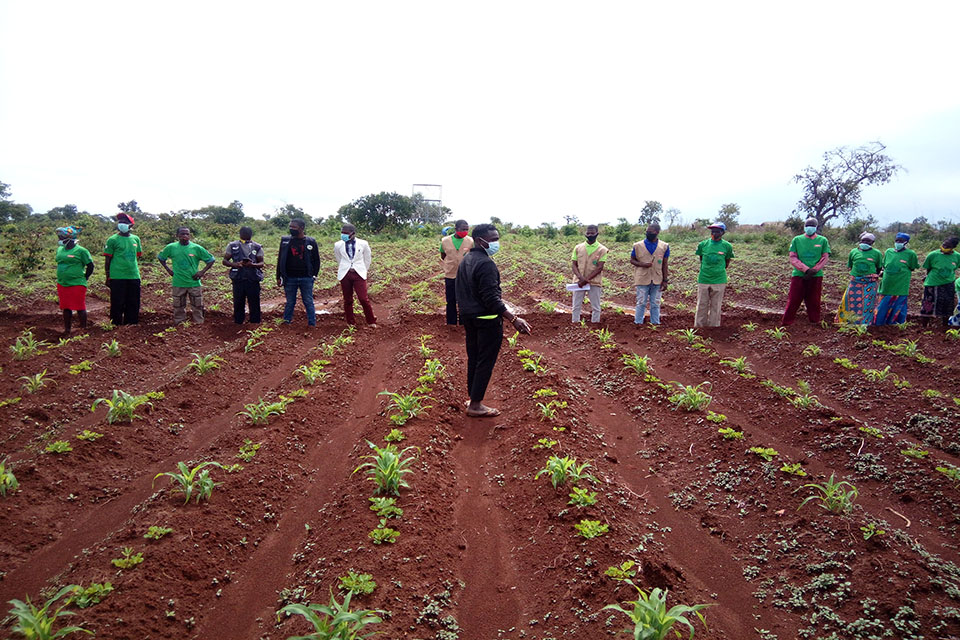
Smallholder farmers are often excluded from the formal economy, essential agricultural value chains, and access to markets in the rural economy. Investing in their success is both a moral obligation and a sound survival strategy.
Climate Change affects smallholder farmers as they rely on natural livelihood systems and are sensitive to rain, sun, and winds variations. Unless urgent action is taken, ensuring the food security of a growing world population will not be possible under a changing climate. Climate Change multiplies existing threats to food security.
Our Farmers’ Clubs programme works with smallholder farmers to adopt sustainable farming and adapt to Climate Change. We support smallholder farmers with organisation, knowledge and new farming methods. Farmers’ Clubs place farmers and their families at the centre of farming activities. Farmers meet, learn and support one another in finding common solutions to their challenges. The clubs develop ethical, sustainable production and regenerative farming practices that farmers can implement together in their communities in harmony with nature.
Smallholder farmers need to adopt sustainable farming practices, and in the process, they will create employment opportunities and rural development. Not only for their own sake but for all of us.
Farmers’ Clubs are found in Africa, Asia, Central and South America. They have changed the lives of hundreds of thousands of small-holder farmers and their families.
| Find out more about the Farmers' Clubs programme |
|
Farmers' Clubs Each Farmers’ Club is organised around 50 or so members, men and women, who jointly make decisions and take actions The Clubs are further broken into core groups of 10, led by a step-up farmer. Within each core group, farmers access training, strengthen their cooperation, solve challenges, and develop sound ethical practices that are in harmony with nature.
Clubs can be informal or formally registered and they also have opportunities to create co-operatives or join other farmers’ organisations, which means they can benefit from shared structures and financing opportunities. The Farming Instructors live amongst the farmers, facilitate weekly training, and they are part of the community and work with the farmers and the clubs. Farmers' Clubs are a way for farmers to get together and share their knowledge and experiences. They work together in demonstration fields, have meetings and lessons, and arrange field days and agricultural shows, sharing with the whole community. Protecting the environment is a matter of course for Farmers’ Clubs, as they depend on nature for their survival. Collectively, farmers organise the sale of their produce at local markets and further afar, formalise land ownership, and invest in technology for irrigation and processing. The clubs strengthen the relationship between farmers’ groups and public and private agricultural institutions in the local area through two-way knowledge sharing and long-term collaboration. The Farmers’ Clubs are also linked to local government structures, which add expertise and help extend the project’s impact beyond its time. Farmers’ Clubs extend into the social and cultural lives of the farmers and their families. They improve women's participation, care for health and nutrition, disease prevention and sanitation, and protection of land rights. It’s a programme, which is flexible and adaptable to local climatic, cultural and financial conditions. |
Communities are where we create and live our lives. When people come together to pursue local development under organised structures with clear leadership and functional democratic spaces, communities can unleash their capabilities.
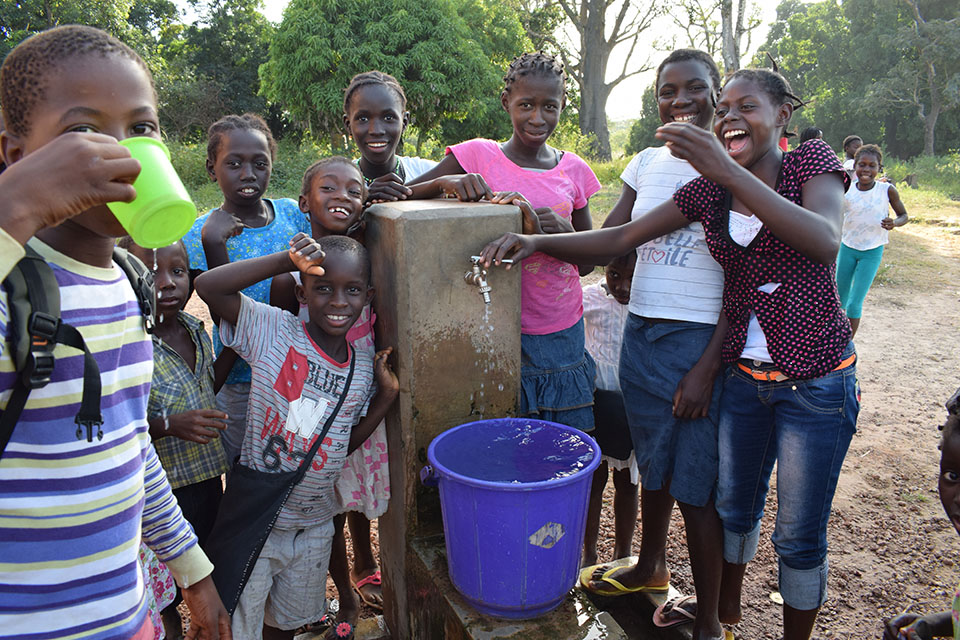
The family is the key unit of the community, being the most direct agent with the capacity to push the development frontiers. Families have the experience of supporting each other and their individual members; on the ground, here and now.
We support people and communities across the globe to build strength, help them organise in local democratic structures, and gain the skills, knowledge, and understanding they need to make changes together.
In our Community Development projects in rural areas in Africa, Asia, Central and South America, the local Action Group is a main structure. In rural areas, they are Village Action Groups, and in urban settings, similar Action Groups are created with appropriate names.
Action Groups are community-based structures led by the local people that can stay for the long haul and build sustainability. The Action Group coordinates and creates spaces for people to engage each other and take action. In these spaces, a cascade of actions takes shape: sharing knowledge, skills training, support to entrepreneurship, women empowerment, protection of child rights, climate actions, support to the orphans and disabled, to mention a few examples.
Our Community Development projects align with local development needs. People in the community are involved in assessing their specific needs. A project typically runs for three to five years, long enough to create lasting impact and sustainability.
| Find out more about the Child Aid programme |
|
Child Aid Programme Child Aid is our approach to integrated community development. Child Aid supports children, parents and the whole community to work together to improve living conditions for children, creating opportunities for them - not only for survival but for developing their full potential. Child Aid is community-driven and places the control of development processes and decision-making into the hands of those who are affected.
The Village Action Group is the fundamental organizational structure in Child Aid. We value the Village Group with its frame which gives people an opportunity to create a forum to hold discussions, plan common tasks, acquire new knowledge, identify challenges, and find and implement solutions together. Activities contribute to an improvement of food security, promote good health, solve basic water and sanitation problems, create better education conditions, and organise care for the sick or children in difficult situations. They form local savings and lending clubs to support family economies. It is essential to form alliances with children themselves, as they are a force of development in their families. Our Child Aid programme works closely with children, supporting them to know their rights, so they take an active role in safeguarding and upholding them. Child Aid supports children and families to secure birth certificates; children without parents are enrolled in schools and monitored so they do not drop out; and children affected by HIV and AIDS and other illnesses receive support in accessing medical treatment. The Project Leader often resides in the community and plays a key role in making it all happen. Child Aid can easily be adapted to suit different situations and contexts facing a community. It is often a starting point for further development programmes, from tackling the spread of communicable diseases to building education and income generation projects. |
Our health programmes mainly respond to the HIV epidemic, TB, malaria, malnutrition and other infectious diseases. They begin with people and not with disease; we respond to how people live their lives.
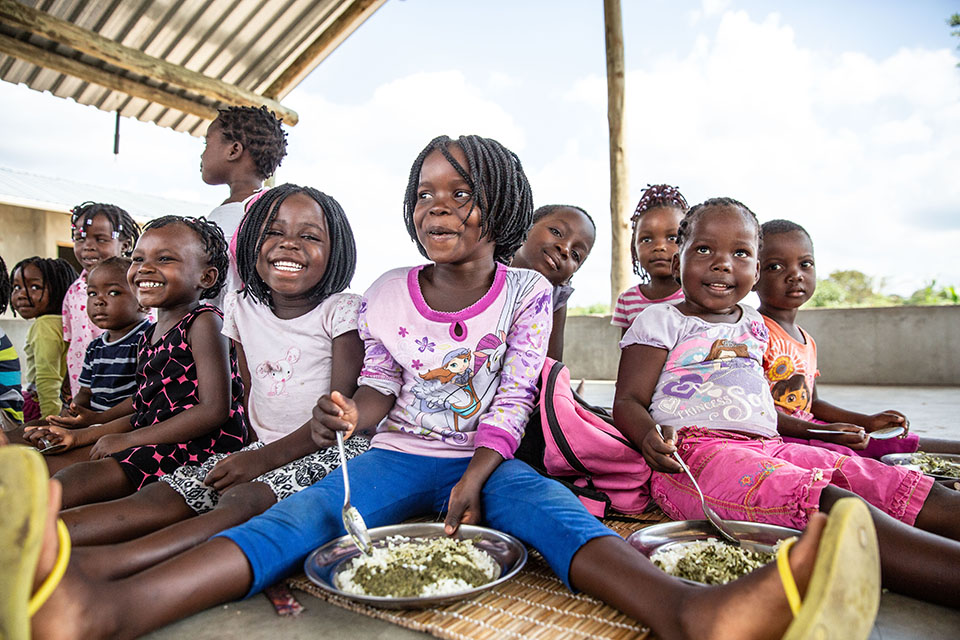
We believe that starting with people and not the disease can provide a community with the foundation to make the right choices, so individuals, families and communities can stick together in becoming and staying healthy. At the same time, we help keep an open line to the most recent scientific and medical advances in knowledge and access.
The true strength of our health projects lies in our connections with the communities we serve. The project starts with the people being at the centre of the programme. Community members must view the programme as their own, recognising that they hold the power to make decisions about their health and transform their lives. This approach places them in the lead of the activities.
We work closely with public health systems in implementing health programmes and strive to complement and support national health development strategies. Local clinics, nurses, and doctors are among our most valued partners in our health projects.
A healthy population is instrumental for sustainable development. Our members contribute to UN SDG 3 by implementing HIV and AIDS, TB and nutrition projects.
| Find out more about TCE, TC TB, TC Malaria |
|
Total Control of the Epidemic - TCE Humana People to People’s HIV and AIDS programme, ‘Total Control of the Epidemic ‘(TCE), is centred on the idea that “Only the people can liberate themselves from AIDS the epidemic.”
Our programme is based on person-to-person mobilisation of people for HIV testing, referral for treatment and support for those on treatment so that they never miss it. In hard-to-reach areas and with key at-risk populations such as girls and young women, building up a good relationship with the community is key. Our teams of community-based project staff and volunteers provide access to HIV testing, often in the privacy of people’s own homes, reducing stigma. And we connect people affected by HIV and AIDS with family and community-based support groups. As soon as a person has been diagnosed with HIV, they connect with healthcare providers to start treatment and follow-up. Local authorities are engaged to strengthen connections and services between communities and the healthcare system. Everyone tested is counselled on risk factors and risk reduction, encouraged to take a proactive approach towards their sexual health and connected with appropriate services as necessary. In alignment with the UNAIDS 95-95-95 strategy, our members work to make sure that people know and understand their HIV status. And that those who test HIV positive receive the sustained treatment they need, with the ultimate aim of suppressing the virus. TCE has been so successful that the methodology behind it is also being used to detect cases of tuberculosis (TB), and to support people infected with the disease to get treatment and complete it until they have been cured. TCE started 20 years ago, and since then, our members have reached over 23.6 million people across 12 countries in Africa and Asia, connecting them with the information, services and support they need, depending on their HIV status, to live healthy and positive lives.
|
Education is the foundation for peace, solidarity, inclusiveness and sustainable development.
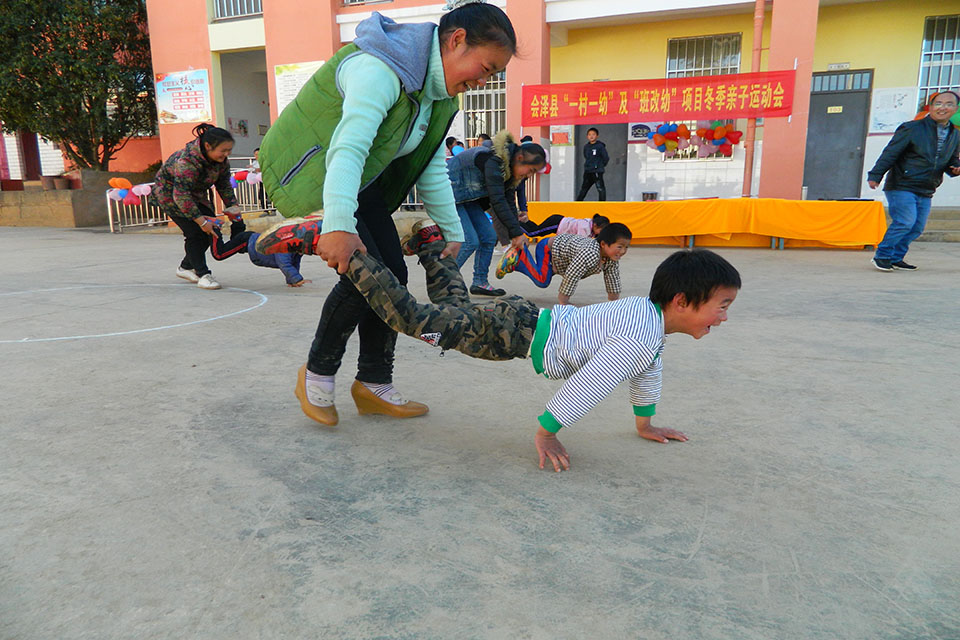
Education must be inclusive, engaging, and participatory in its methods, relevant and purposeful in its content to develop students' knowledge, understanding, and agency to address 21st-century challenges.
We seek to inspire and complement public education so that teachers, students, parents, education institutions, education officials and Ministries of Education can draw from direct and indirect collaboration with the Humana People to People education institutions and projects.
Our approach to students and learners of all ages is to create the conditions for them to learn the basics and encourage them to develop into agents of change.
In our programmes of primary education, teacher education and technical and vocational training, as well as informal education, we see that students, regardless of their background, are willing and able to build their knowledge and understanding and use it for taking action, when the kind of programme they need is established.
We engage students to address real-life issues together, using abundant interactive study methods, action research, group work, and practical activities. This has proven to be a solid foundation for lifelong learning.
Through our education projects, we support people’s vision and capacity to contribute to development, for themselves, their communities and the nation.
Our education programmes encompass children’s education for the marginalised and those living in difficult circumstances; empowerment of girls and women through education; vocational training programmes, including formal and short skills training courses, promoting socio-economic development.
| Find out more about the Teacher Training programme, TVET and ECD |
|
Teacher Training Since 1993, Humana People to People has trained more than 68,400 dedicated teachers to work in public primary schools across Mozambique, Angola, Malawi, Guinea Bissau, Zambia, D. R. Congo, and India. Training lasts between one and three years, and schools are mainly boarding schools, with the exception of those in India.
Humana People to People pedagogy is practised across schools and training programmes, in 82 educational institutions and 315 other teaching and learning projects. Our teacher training programmes target rural and peri-urban communities across Africa and Asia, educating teachers committed to overcoming barriers to meaningful education. The training combines academic studies with practical experiences in local primary schools, and enriching study trips to explore the diverse society they will serve. The Teacher Training College prioritises the students’ independence, integrity and cooperation in learning. They use these experiences, sharing them with their learners in school, and they involve parents and colleagues, making the school a true centre in the community. After graduation, teachers can join the Graduated Teachers Network to collaborate and share experiences to better respond to the many daily challenges in their work. Here, they focus on teaching quality and promote campaigns on health, culture, gender, sports, and environmental protection. Technical and Vocational Education and Training (TVET) and Skills Development Humana People to People operates 16 TVET colleges across eight African countries, training young people in various fields, including agriculture, civil construction, business administration, hospitality, tourism, electricity, and others, to secure sustainable employment by meeting evolving job market demands, build self-reliance, and contribute to economic and social progress in their communities.
The programmes are inclusive and promote gender equity. Our TVET schools have the capacity to enrol more than 2700 youths annually. Here, students learn vocational skills and add a broader view of life and the world to become better equipped to form their future and prepare themselves to take up a meaningful and productive place in society. Since our first Vocational School started in 1982, over 30,000 young people have been trained to contribute positively to their communities. Early Childhood Development (ECD) The Early Childhood Development Programme was established to provide affordable preschool education, giving children in rural areas a good foundation when starting primary school and later in life. Humana People to People carries out Early Childhood Development programmes through specific training programmes and community-based initiatives, aiming to give young children the support they need during their early years.
Our approach focuses on practical learning through play, developing enthusiasm, nurturing curiosity and critical thinking from an early age. By working closely with parents, caregivers, and local communities, we support people in creating inclusive and supportive learning environments that give children, regardless of their background, the opportunity to thrive. Committees and parents support the teachers in running the ECD centres. Parents participate in training sessions and events, such as “Children’s Day,” as well as classroom improvement actions. |
For more than forty years we’ve collected, sorted and sold second-hand clothes. This gives good clothes a longer lifespan and the sales proceeds support development projects across Africa, Asia and Central and South America.
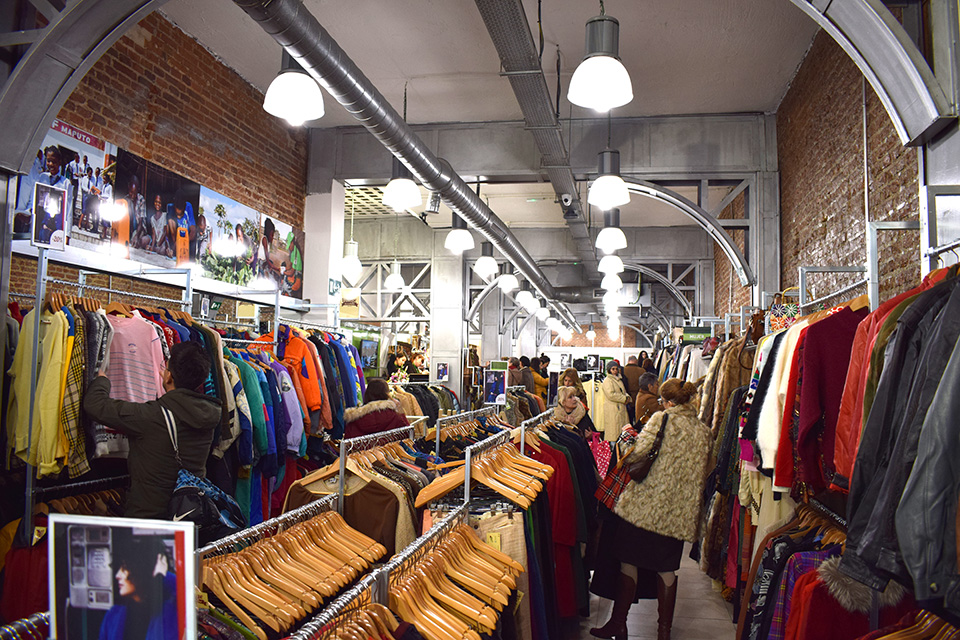
Our second-hand clothes collection contributes to the reduction of waste, saves precious resources through reuse, provides affordable clothing to people in both hemispheres, and ultimately enables us to undertake invaluable development work.
Our goal is to ensure that all clothing and footwear are used in a way that benefits both people and the environment.
Our second-hand clothes system is a people-to-people system. The sorting centres in Europe and the clothes sales projects in Africa are in close contact.
In 2024, we generated 23% of the funding for social projects from our Humana People to People second-hand clothes trade.
| Why second-hand clothes industry matters and Humana People to People's approach |
|
Collection and Sales of Secondhand Clothes We collect second-hand clothes through shops and collection bins in high footfall locations. The reasons people get rid of clothes vary – mainly, changes in size, fashion, or need. Many appreciate that their unwanted clothes may hold great value for someone else.
In 2024, 139,000 tonnes of clothes were collected, 19.9 million donated clothes, and 31 million bought second-hand clothes in the USA, Europe, and Africa. 849,000 tonnes of Carbon dioxide were saved. We collect clothes that people no longer want but deem usable for others. After professional sorting, our network achieves reuse percentages of 75 or higher. Each item is carefully evaluated for quality and its appropriate future market. Depending on specific market criteria, the clothes are sold for reuse in the Global North or South. Shops, sorting centres and wholesale outlets are respectful and well-organised, ensuring the dignity of staff and customers, be it in the Global North or South. People feel dignity and pride when they can access good quality, affordable clothing and choose the style they like. This supports the fundamental human right to clothing for millions of households in low-income countries. Jobs and income created in the reuse business are fulfilling for the thousands of people directly employed and many millions more across the Global South who rely on selling clothes to the next customers. The clothing is sorted and assessed in dedicated sorting centres and sold in second-hand shops in Europe, North America, Africa, and Central America, including Angola, Democratic Republic of the Congo, Guinea-Bissau, Malawi, Mozambique, Zambia, and Belize. The contributions of the Humana People to People network in the second-hand clothing industry far exceed the direct impact of sustaining and transforming lives to ensure decency and dignity. Humana People to People recognises the strategic importance of used clothing in sustaining the livelihoods of millions living in some of the world’s most economically challenged regions. In 2024, 31 million people bought second-hand clothing from our shops across Europe, the USA, and Africa. People turn to second-hand clothes to help protect the planet and create decent lives. The second-hand clothes sector is more than just a market for used clothes. It is vital for employment in the circular economy. The Humana People to People network creates more than 8,000 formal jobs directly with its members and 116,200 informal jobs in logistics, sorting and sales throughout Africa and Central America. Both formal and informal employment sustain economic development. Over 50% of discarded garments in Europe end up in landfills or incinerators, a figure that rises to 85% in the USA. In 2024, Humana People to People members contributed to sustainability by repurposing 139,000 tonnes of used clothing in the USA and Europe. In 2024, Humana People to People’s second-hand clothes operation saved 849,000 tonnes of CO2. |